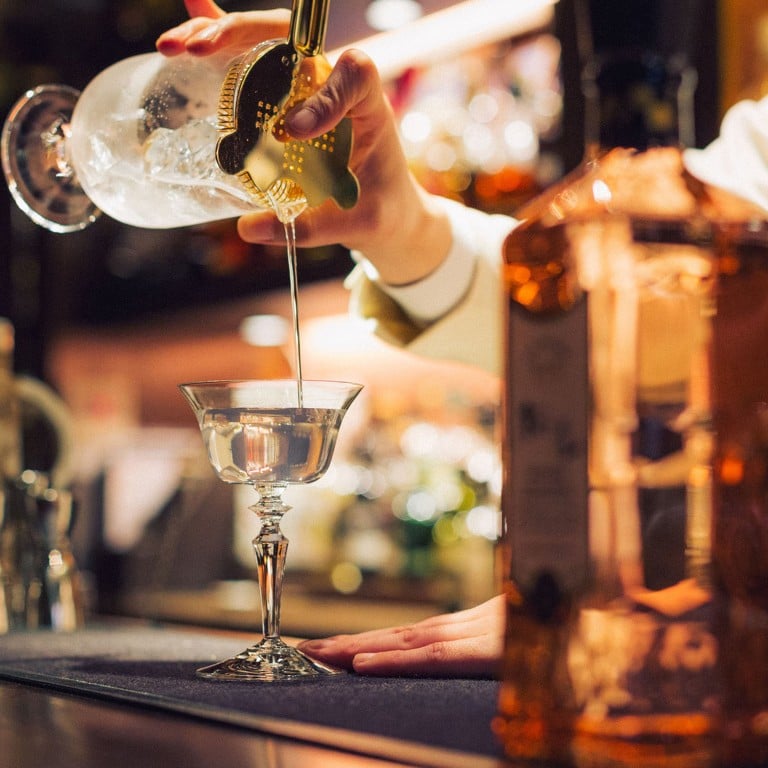Gins with a twist: why distillers are giving juniper berries a makeover

Craft producers are mixing things up to meet demand for unusual drink offerings with special taste and character
It sounds like an alcoholic version of a Harry Potter novel: gin that magically changes colour from royal blue to pink in the glass; milk that turns into vodka; and bitters distilled from the blood and bones of a roe deer.
Yet far from fantasy, this is the kooky world of craft spirits.
Tired of the same old brands mass-producing our drinks, aficionados are hunting out unique spirits that offer something special in taste and character.
“Interest in small brands is growing fast,” says Rob Kariakin, head mixologist at tequila and mescal specialist Los Sotano in Lan Kwai Fong Central, Hong Kong.
“People are looking beyond the big labels for spirits with a story to tell about where they come from and how they are made.”
A growing number of artisan distillers around the world are providing ever more interesting drinking options in response. The small size of these producers means they have the freedom to make what they like.

“The real benefit to being an independent producer is the ability to take risks,” says Lance Winters, master distiller at St. George Spirits, America’s oldest craft distillery in a country that now has more than 1,500 small independent producers.
The real benefit to being an independent producer is the ability to take risks. To play it safe, the larger producers tend to follow trends. With our level of independence, we can get creative.
“To play it safe, the larger producers tend to follow trends. With our level of independence, we can get creative.”
St. George makes everything from gin, vodka and single malt to fruit brandies, liqueurs and absinthe, using local ingredients where possible. Its Terroir Gin, which contains botanicals of Douglas fir, California bay laurel and coastal sage, was inspired by the aromas of a mountain trail on a summer afternoon.
